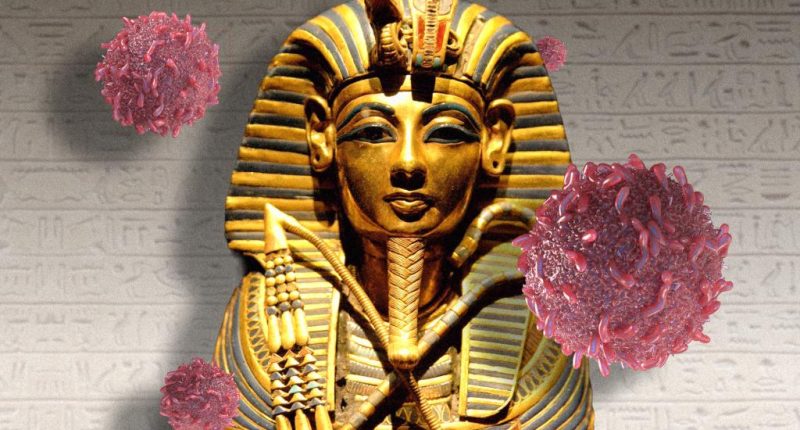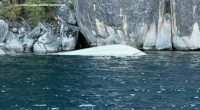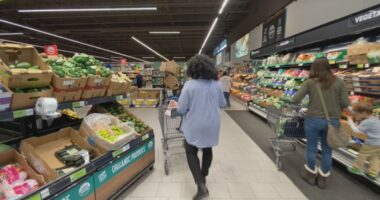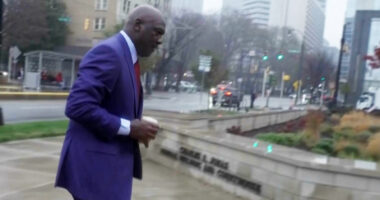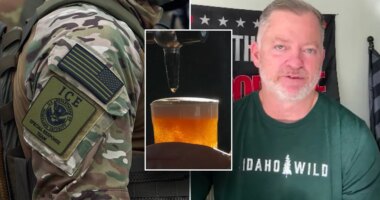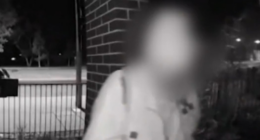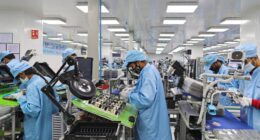Share this @internewscast.com

From curses to cures — an ancient hex might just be modern science’s secret to battling leukemia.
In the 1920s, archaeologists blamed a string of bizarre deaths following the excavation of King Tutankhamun’s tomb in Egypt on the “pharaoh’s curse.”
Decades later, in the 1970s, it happened again when a group of scientists entered the tomb of Casimir IV in Poland.
Out of a team of 12, 10 died within weeks.
They didn’t know it then, but the tomb contained Aspergillus flavus, a fungus that can cause lung infections.
Now, University of Pennsylvania researchers have modified this microbial villain and tapped into its potential as a biomedical hero.
A recent study, released this week in the journal Nature Chemical Biology, has discovered that Aspergillus flavus has the potential to become a powerful cancer-fighting agent, comparable to traditional medicines that have been approved by the Food and Drug Administration.
Their work highlights the ability to rebrand a historically toxic substance into a groundbreaking drug.
“Fungi provided us with penicillin,” commented Sherry Gao, an associate professor of chemical and biomolecular engineering and bioengineering, highlighting the development of the first effective antibiotic.
“These results show that many more medicines derived from natural products remain to be found,” she added.
First study author Qiuyue Nie called it an “unexplored region with tremendous potential.”
Gao’s group isolated and purified four RiPPs from Aspergillus flavus, with these molecules showing killer results against leukemia cells.
But there are obstacles to greater success.
“Purifying these chemicals is difficult,” Nie said.
And while scientists have identified thousands of RiPPs in bacteria, far fewer have been found in fungi.
This confusion possibly stemmed from previous misclassification with other types of molecules, coupled with an incomplete understanding of the processes by which fungi produce these compounds.
“The synthesis of these compounds is complicated,” Nie noted.
“But that’s also what gives them this remarkable bioactivity,” she continued.
The new research confirms that much of our environment and nature are not yet fully understood — and this exploration could benefit contemporary medicine.
“Nature has given us this incredible pharmacy,” Gao said.
“It’s up to us to uncover its secrets.”
